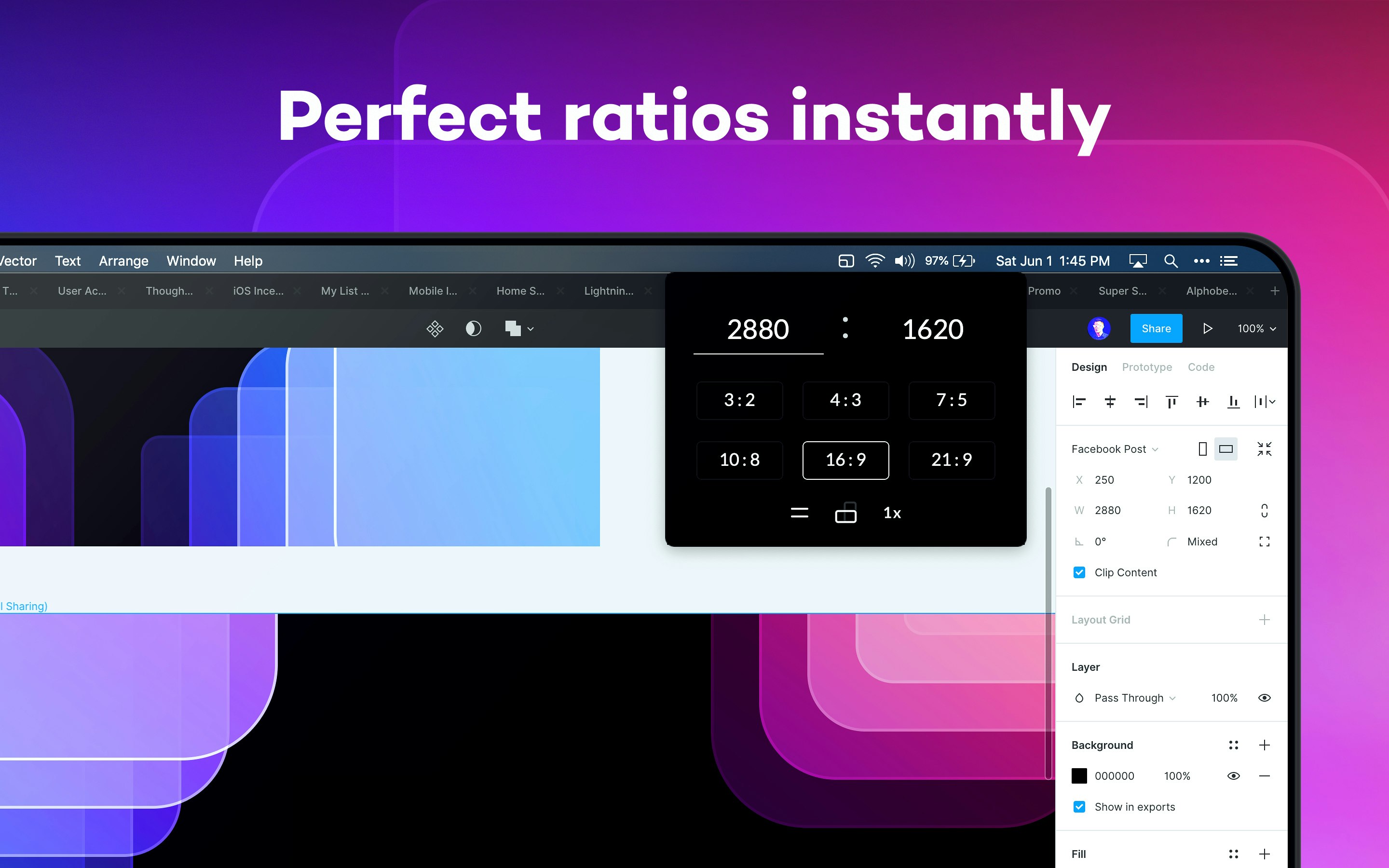

Back in the old days of analogue video it was measured in lines, and some people still use lines to describe HD resolutions. It can be measured using different units. Generally, the resolution of an image describes the actual dimensions of that image. Once you understand the differences between these common aspect ratios you can make a more informed choice on which you would like to use. In other cases you may have a choice, or you may be able to modify the aspect ratio in post. Sometimes you will be forced to use a particular aspect ratio because of the format you’re shooting on. The aspect ratio you choose will affect the composition of each shot and can influence the overall impression your film creates. The same goes for 16:9 and 1.777:1.Īspect ratios don’t define the exact width or height, only how the width and height compare to each other. For example, 4:3 and 1.333:1 are the same. This means the same aspect ratio can be described in at least two ways. Some prefer to use only whole numbers, while others prefer to fix the height of the image at 1. There are two main schools of thought on the numbers used in this ratio.

It is a ratio of the width of the image (or video/film frame) by the height of the image. This may also be called the image aspect ratio. When discussing film or video the term aspect ratio generally refers to the aspect ratio of the entire video/film frame. Do you want it to look clunky & squarish or thinner & more cinematic? Once you’ve decided on an aspect ratio, then you can pick an appropriate resolution and method for achieving that look. Once you understand the differences between these aspect ratio you can make an informed decision on which to use for your film project. The rest of the post then explains the most common aspect ratios and lists some common resolutions for each. With this post, I’ve done my best to explain what aspect ratios and resolutions are in relation to film and video. Now, I know of a bunch of things we could have done to fix that (especially since it’s a rotoscoped animated film). I desperately wanted to present the film in an aspect ratio of 16:9 or wider but we didn’t have access to a camera that could shoot that natively. I remember when we made Fraught back in 2006. I used to refer to some of the wider aspect ratios as “extra-widescreen” (and I actually still do sometimes, just for fun). Take for example: the way the 16:9 aspect ratio was developed, the fact that your sound guy will probably still say “speed” to indicate that the sound is recording, and don’t even get me started on the different framerates we’ve been left with thanks to the differences between PAL & NTSC.Īspect ratios are one of those things can seem a bit overwhelming when you’re getting started. A lot of the methodology and terminology we still use today is based on the way things were done years and years ago. This is because of the way filmmaking has developed over time. In my opinion, the technical side of filmmaking is often more complicated than it needs to be. I have created an updated version of this article.


 0 kommentar(er)
0 kommentar(er)
